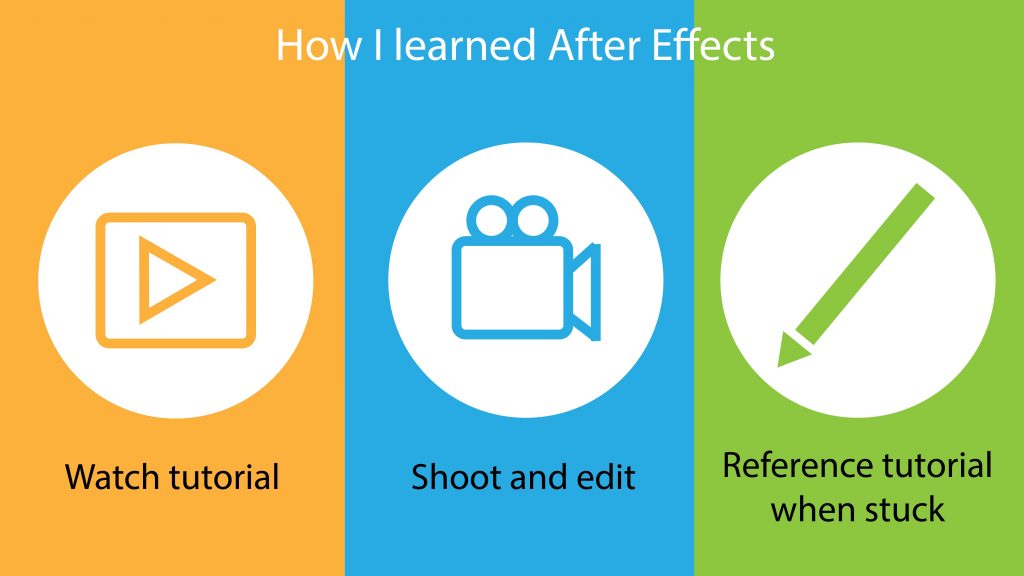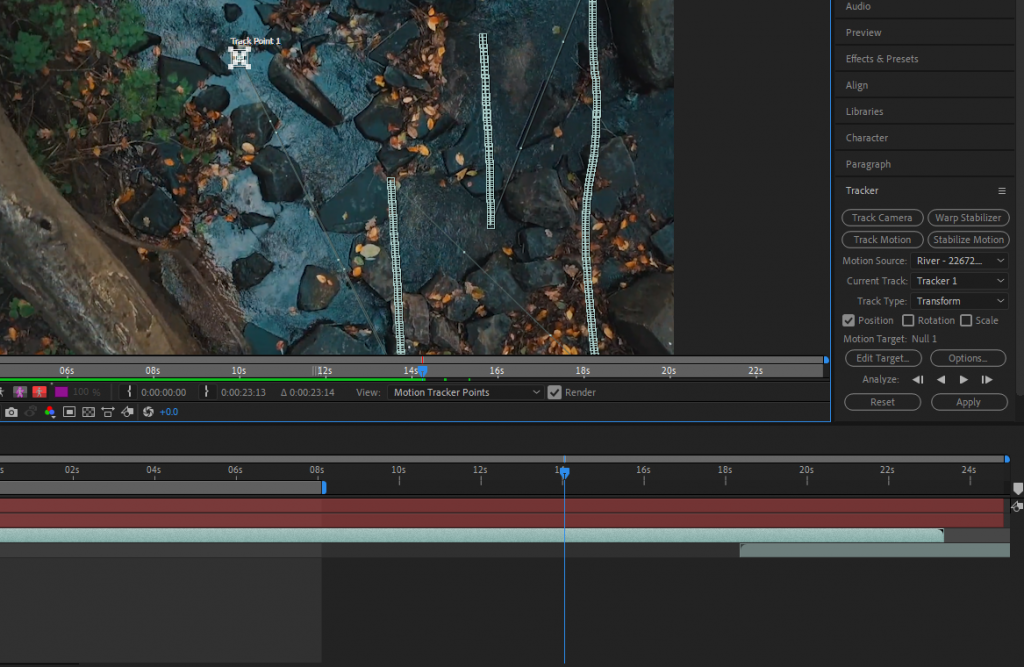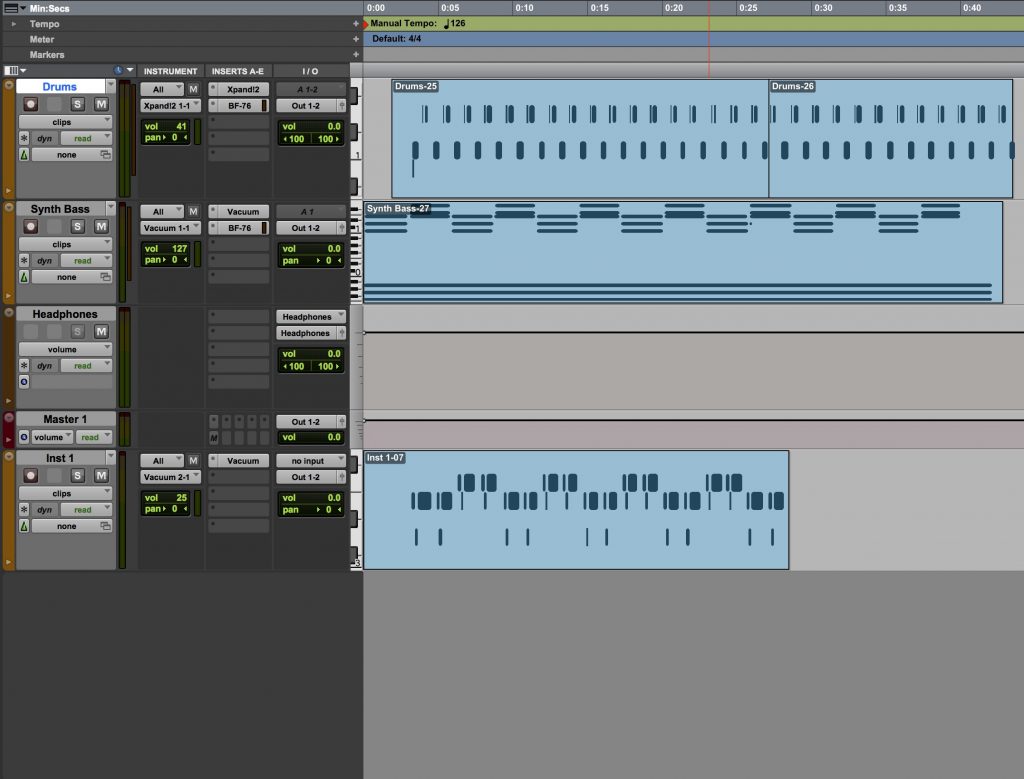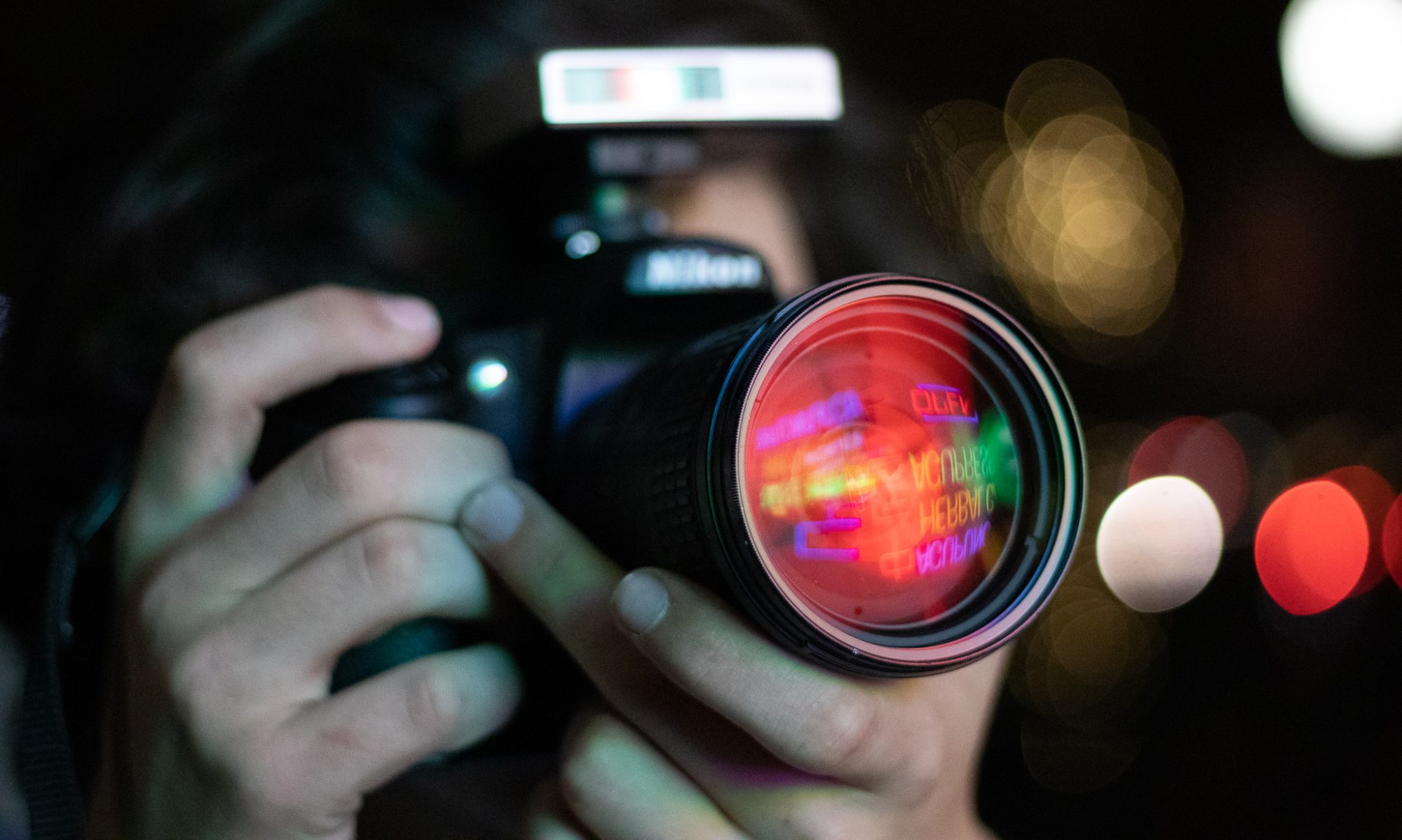Info-graphic

For my info-graphic, I did some research on a bunch of different formats, and I decided I liked a timeline format, since there wasn’t really much to describe about my explorations project. What I did instead, was show the audience my way of learning the After Effects skills I had set out to master in my project. Usually, I watch tutorial videos and my eyes glaze over as I try and retain information, but for this project I tried a different, more hands on approach. During the tutorials I watch, I took notes on my phones, and then I went out and got the shot I wanted for my video, so that I could understand where using the technique in the video was applicable. Then, I would try and use the skills I learned from the tutorial to edit on my own until I got stuck. Every time I got stuck, I would re-watch the tutorial, and take note on what I had missed. This turned out to be super helpful as I was watching several tutorials on the skill I had wanted to learn – using Null Objects in After Effects.
Explorations Videos
I had set out with the intention of learning to make my videos look nicer, and I kept thinking about After Effects. In the past, when I had used it, it always looked very intimidating and hard to learn. For me, it helped the most when I did some basic exercises in After Effects first, and then I moved on to the more complex effects and techniques.
In each of my videos, I set out to use a null object in a different way. A null object in After Effects is a little box, which tracks the motion of pixels on screen within it each frame. What this lets you do, is pin an object on top, such as a mask, a title, or an image, onto a moving part of a video. There were a lot of techniques that I covered in my presentation, so I’ll just briefly describe each video.
Basic Tracking
In this clip, I dragged in a title from out of frame, and pulled focus away from the background to my (not so) clever phrase. This footage was easy to work with, since each isolated leaf in the water was a high contrast point that was easy for After Effects to track.

Tracking with scale
In this clip, I used stock footage to show how a Null Object can be used to track position and scale. I tried this on my own, but a drone or a steady cam was definitely needed since the x axis cannot move or swivel at all. Any change in x value between the two Null Object points is interpreted as a change in scale by After Effects, so there can’t be any movement in that direction. Another challenge with scale is finding two, high contrast, easy to track points on the same plane. They need to be along the same plane so that they get closer to the camera at the same rate, and the motion to be accurate. These are the two points I chose.
Experimental Music
In Digital Media, for our explorations we made experimental music using our knowledge in Pro Tools. This was an interesting project because of all the different skills we had to put together, such as our knowledge of MIDI instruments, and how those work together in a track. We also recorded and quantized notes played into a keyboard by hand, so that each track could be at a consistent beat. One challenge I had while making this track was keeping the overall BPM the same, however when I listened to it I thought the difference in BPM per instrument added to the confusion and chaos of the track. I’d like to imagine this as telling a story of a executioner from the perspective of the criminal, because of how threatening the bass track sounds.

